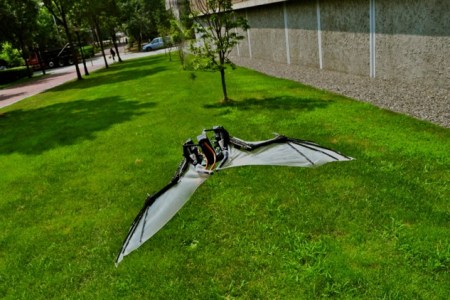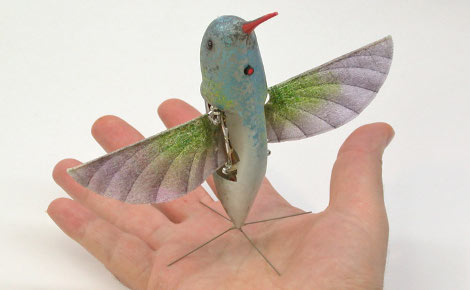
First off let me say that the Redbull contest has consumed ALL of my time and I haven’t been able to get these Makerfaire coverage posts out as quickly as I’d hoped. Please be patient, there are several more to come I promise.
As I was walking around, I glanced up and saw a really cool set of wasp wings on a mannequin flapping away. The motion was quite nice, but I was really blown away when they folded down to a different position when not in use. I managed to track down the creator at the even and asked him some questions.
[Jordy] was commissioned to build these as part of a costume. He started by just googling ornithopter designs and ended up coming up with a rather nice contraption. Many of the bits are 3d printed specifically to his needs, including the drive gears. This must have saved tons of time and effort. As you can see in the video after the break, the motion is really nice and the fact that they fold down is really cool.















